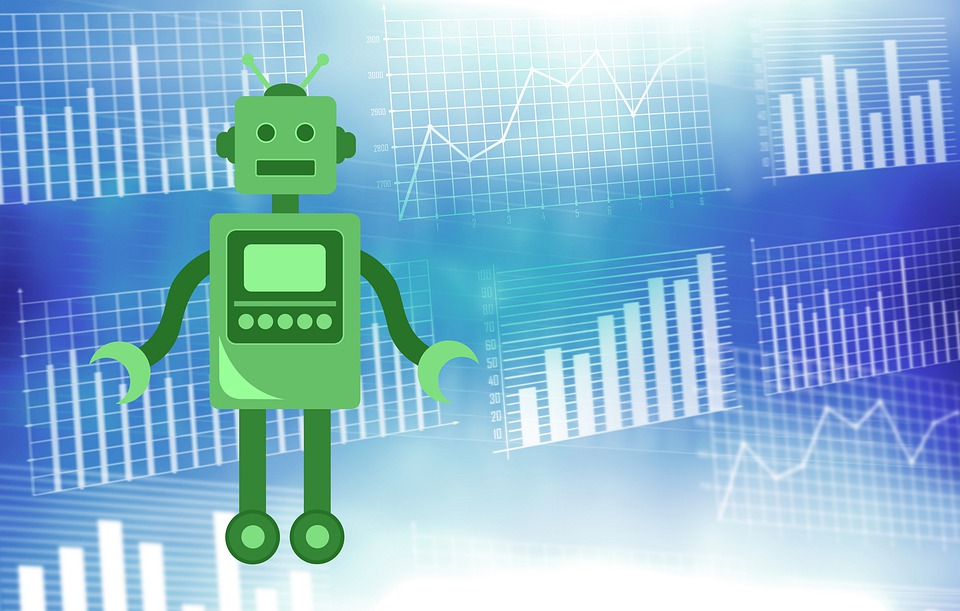
How has AI changed the trading industry?
From retail to manufacturing to flying, AI is everywhere, and the trading industry is no exception.
The financial services industry was one of the first to adopt AI in the early 80s and automated trading systems (ATS) now account for almost 85% of all trading in the US.
Globally, the market size is expected to reach over $18 billion by 2024.
Here we look at the advantages and disadvantages of using AI in trading and how its use might shape the future of the industry.
What is an automated trading system?
Traders look out for indicators such as global events, news, weather and economic data to speculate on the rising or falling prices of currency pairs, commodities such as gold and oil, and shares and treasuries.
An automatic trading system (ATS) will automatically buy and sell orders based on pre-set indicators. It’s much faster than traditional trading and takes the ‘guesswork’ and human error out of it.
What are the advantages of using AI for trading?
For those new to trading, the advantages of automated systems are obvious. All you need is a trading account and even if you have no knowledge of the market, a trading bot or Expert Advisor (EA) will do the work for you.
AI has opened up the market for everyday consumers in tricky sectors such as commodities and cryptocurrency, because it takes away the need for large amounts of time or expertise. And because they’re programmed to act within set indicators – as well as within losses limits – they can stop people from trading impulsively, as beginners can do.
However, automated trading systems aren’t just for those who want to dabble in trading. Figures from 2016 showed that more than 80% of forex transactions were directed by robots. Their increasing use on global trading floors shows that many traders consider them to be advantageous for these reasons:
They’re not human
The global market never sleeps and an ATS can work around the clock. It also takes human emotion out of the process. Traders can sometimes panic or be influenced by external factors, which can lead to hesitation or taking risks, and automated trading removes this unpredictable element. They simply trade on the set rules.
It makes light work out of data
Predictive analytics use existing trade data to predict market fluctuations. The sheer amount of data AI can analyse far eclipses that of humans’, and it can do so much faster and with fewer mistakes.
Traders can test run their strategies
Traders can test run a strategy using historical market data to see if it’s successful before applying it in real time.
It improves with use
AI also enables traders to track their performance in real time and make learned-from trading decisions in the future.
The downsides
However, of course, there are disadvantages. When you take out the human element, you also take out the ability to use instinct. EAs work within the parameters they’re set to, so they can’t react quickly.
Like any AI, they are only as good as the people monitoring them. AI systems require constant monitoring to catch any issues such as power or connectivity losses, mechanical failures or system malfunctions.
And amateur market players need to be wary that trading bots that promise instant returns are liable to be a scam.
The future
So, will the increased incorporation of AI change the look of the exchange floors? As ATS can be done from anywhere, the once manic and bustling exchange floors are looking increasingly empty.
And while the US is expected to hold the largest market size in the forecast period to 2024, there are lots of increases to be made in Asia Pacific − it’s the region expected to grow at the highest compound annual growth rate (CAGR) in the same period.
There are, however, questions over lack of regulation and how to guard against conduct risk and how these are addressed is yet to be seen.
Will the future of trading be AI? It’s looking increasingly likely.


